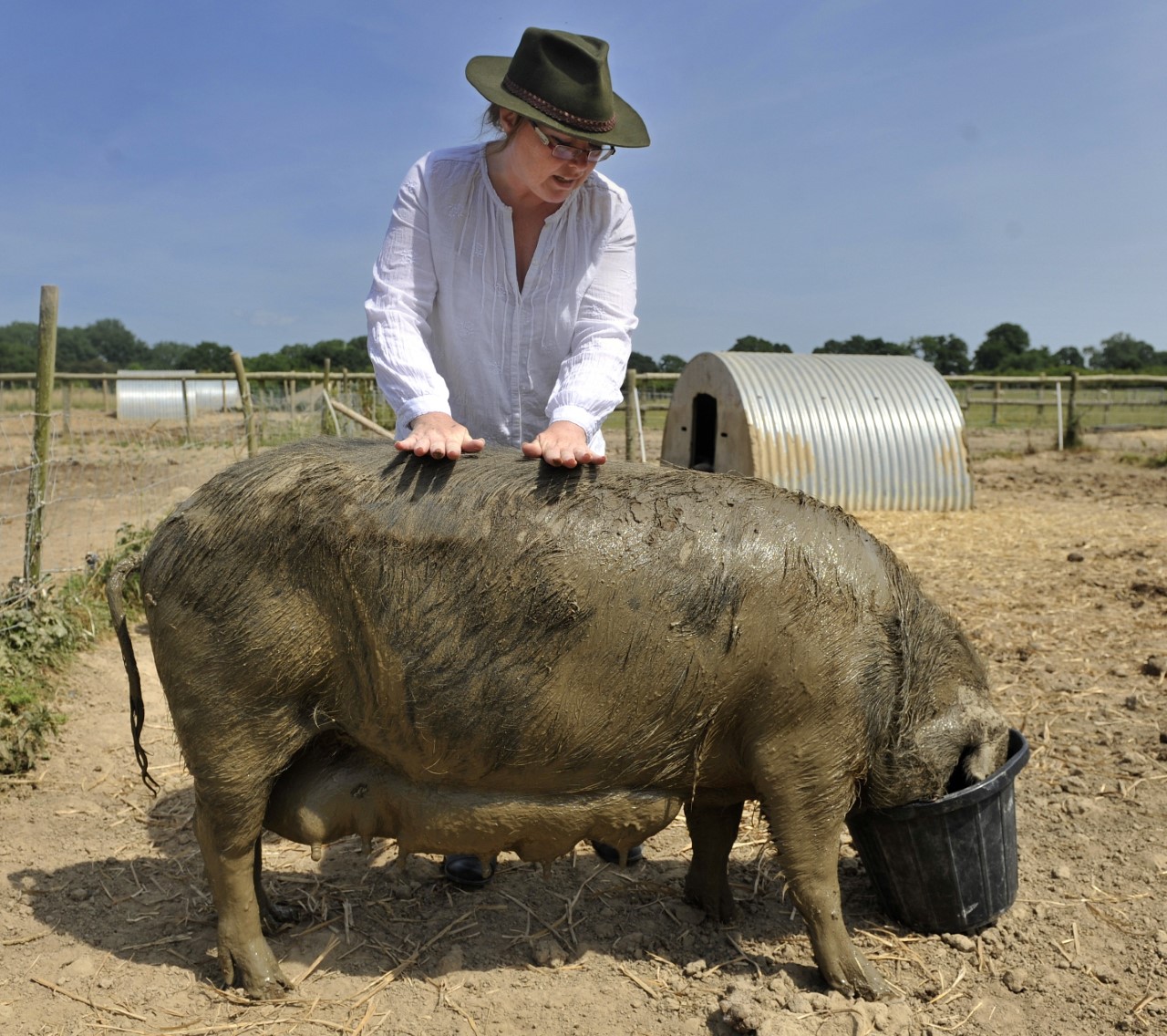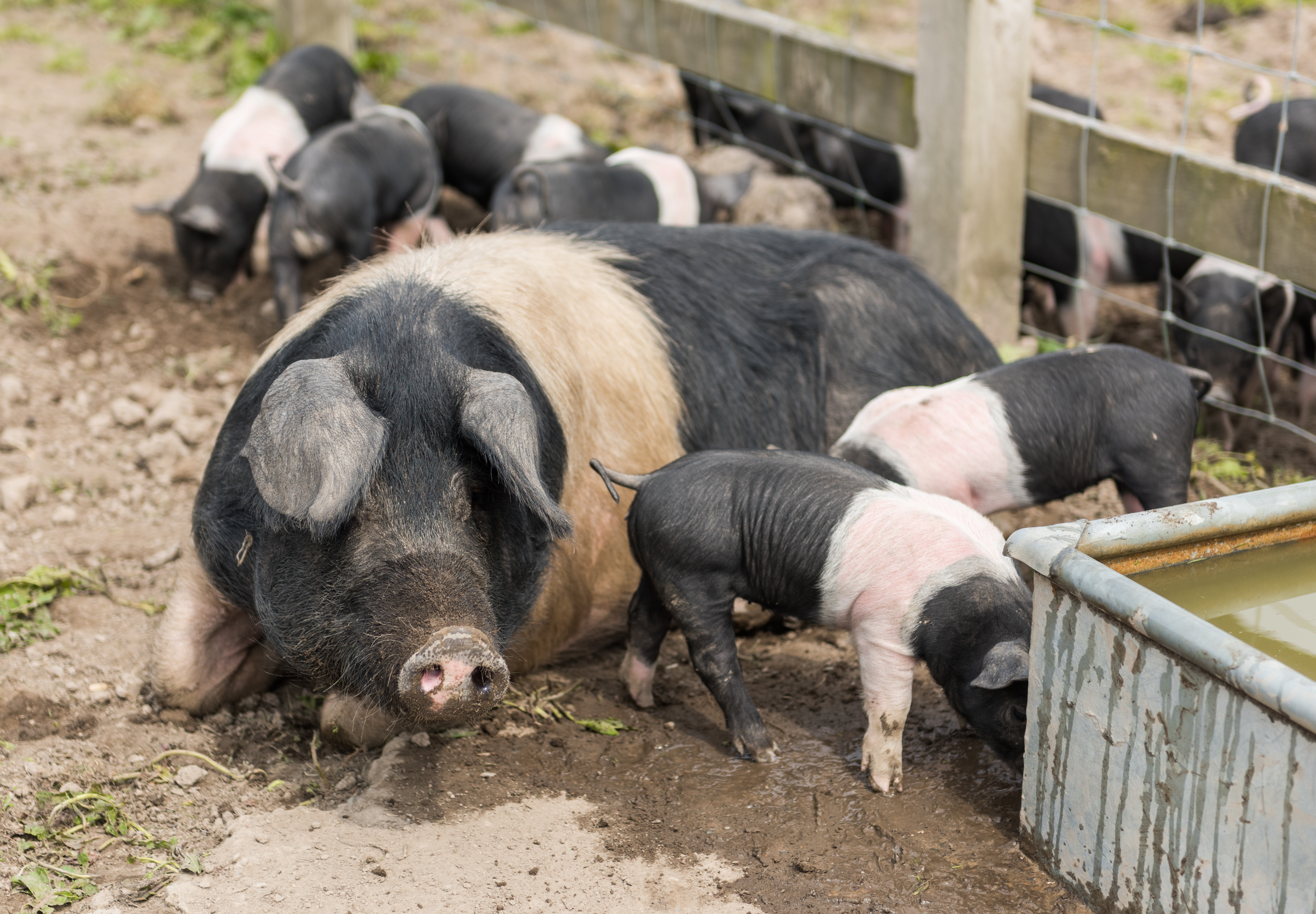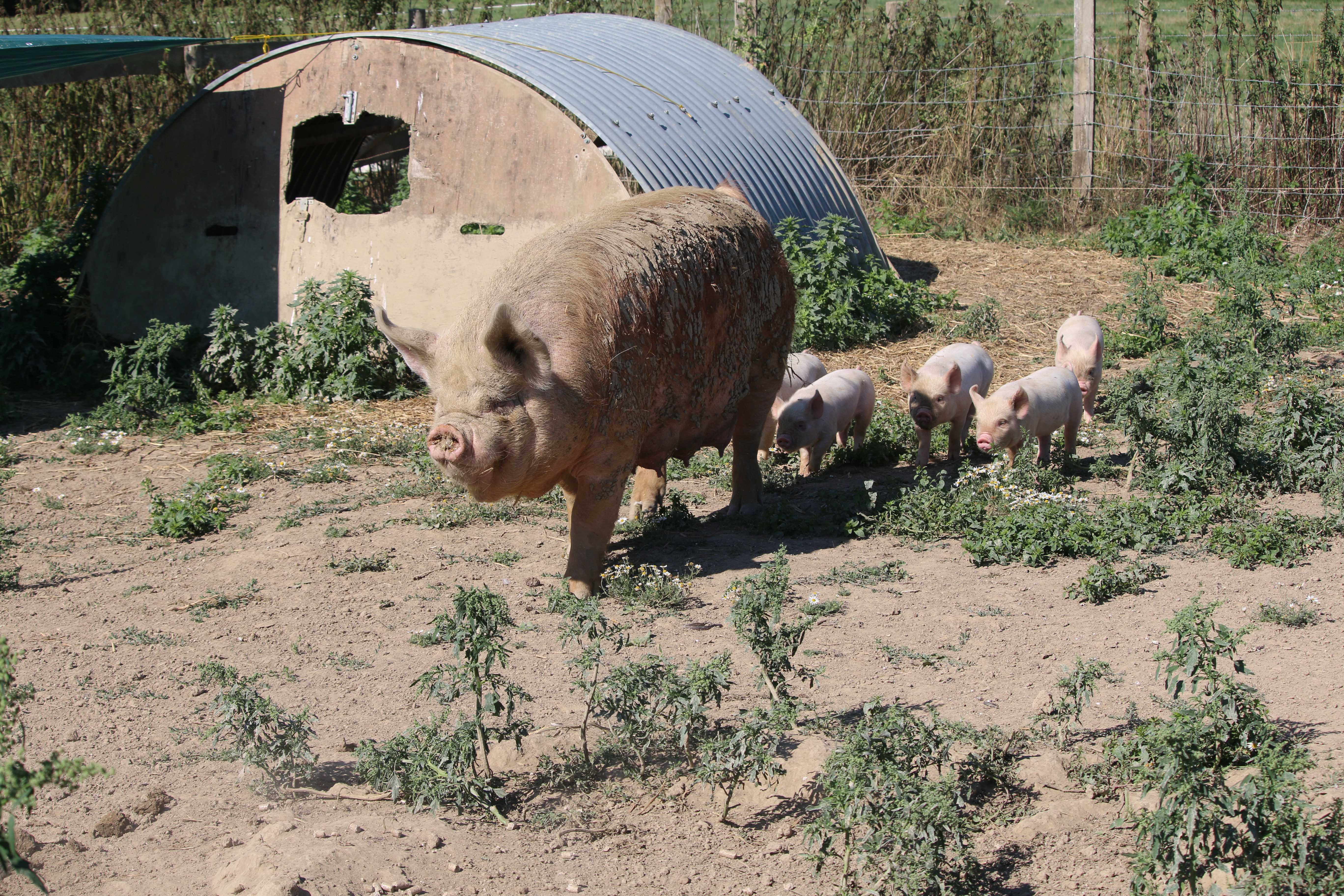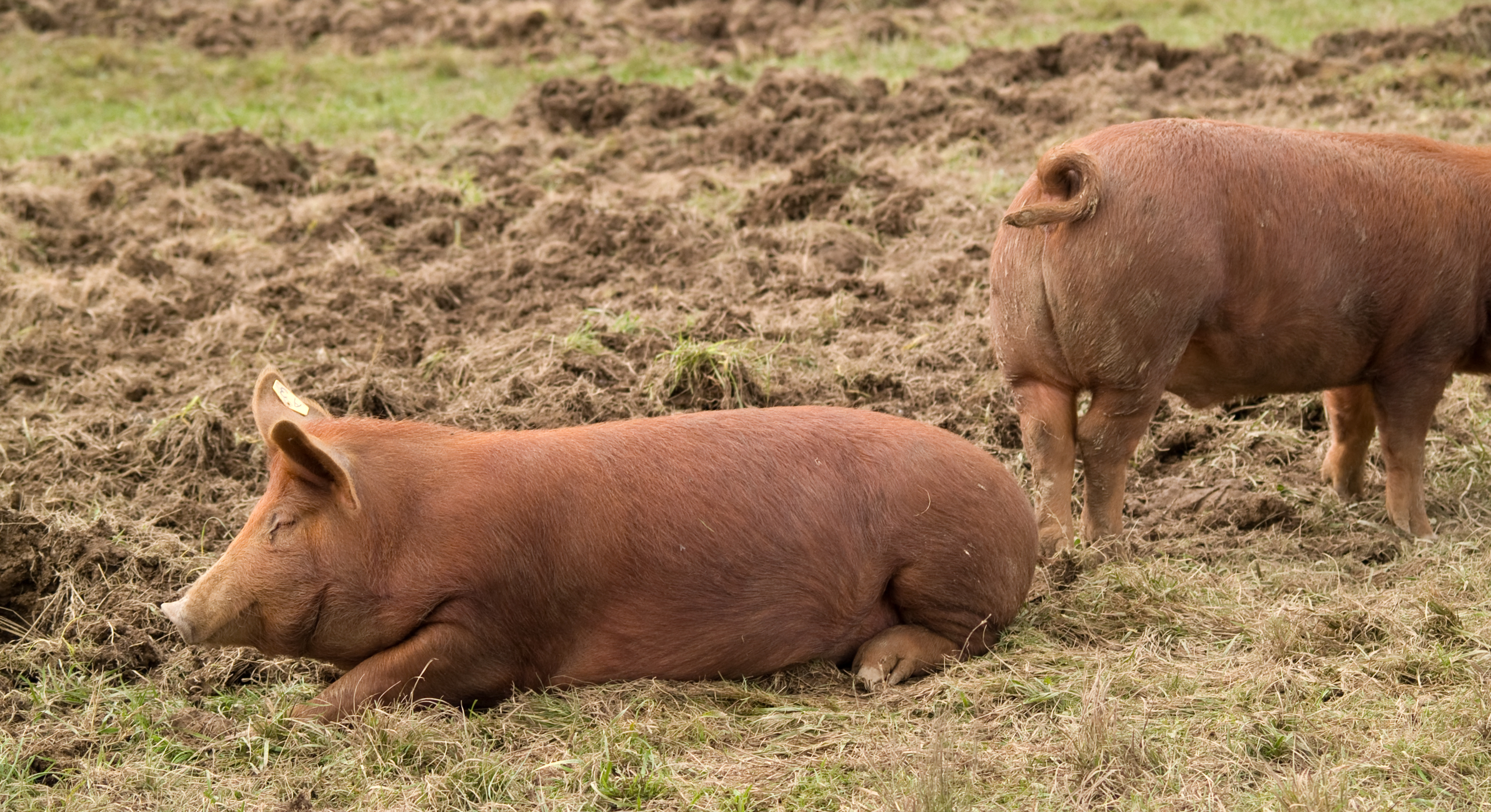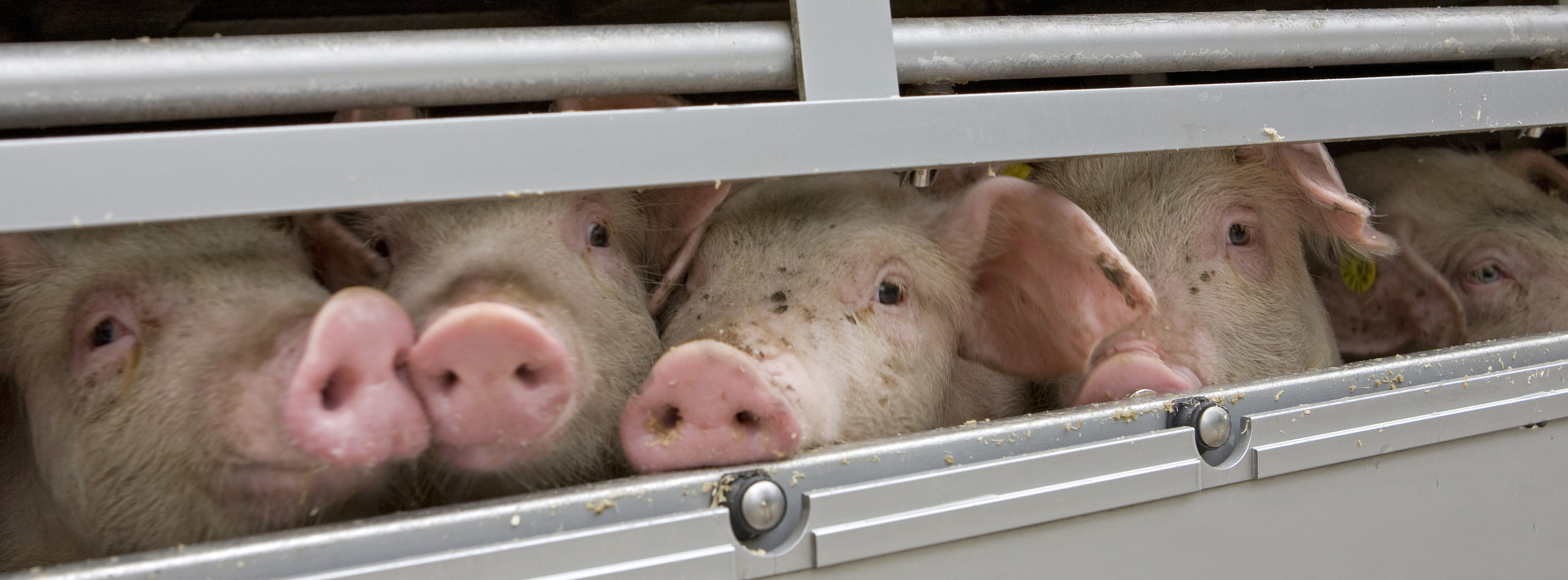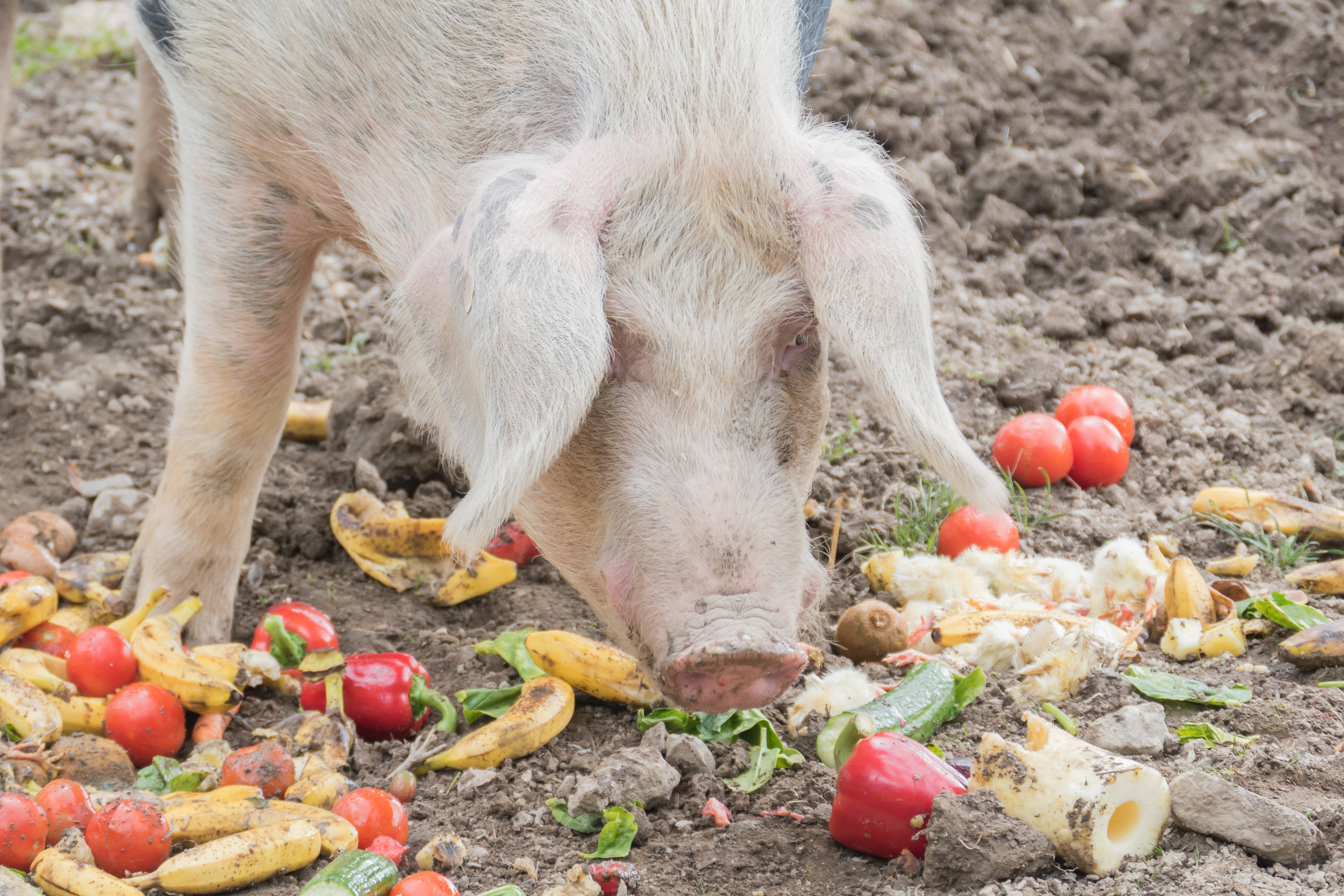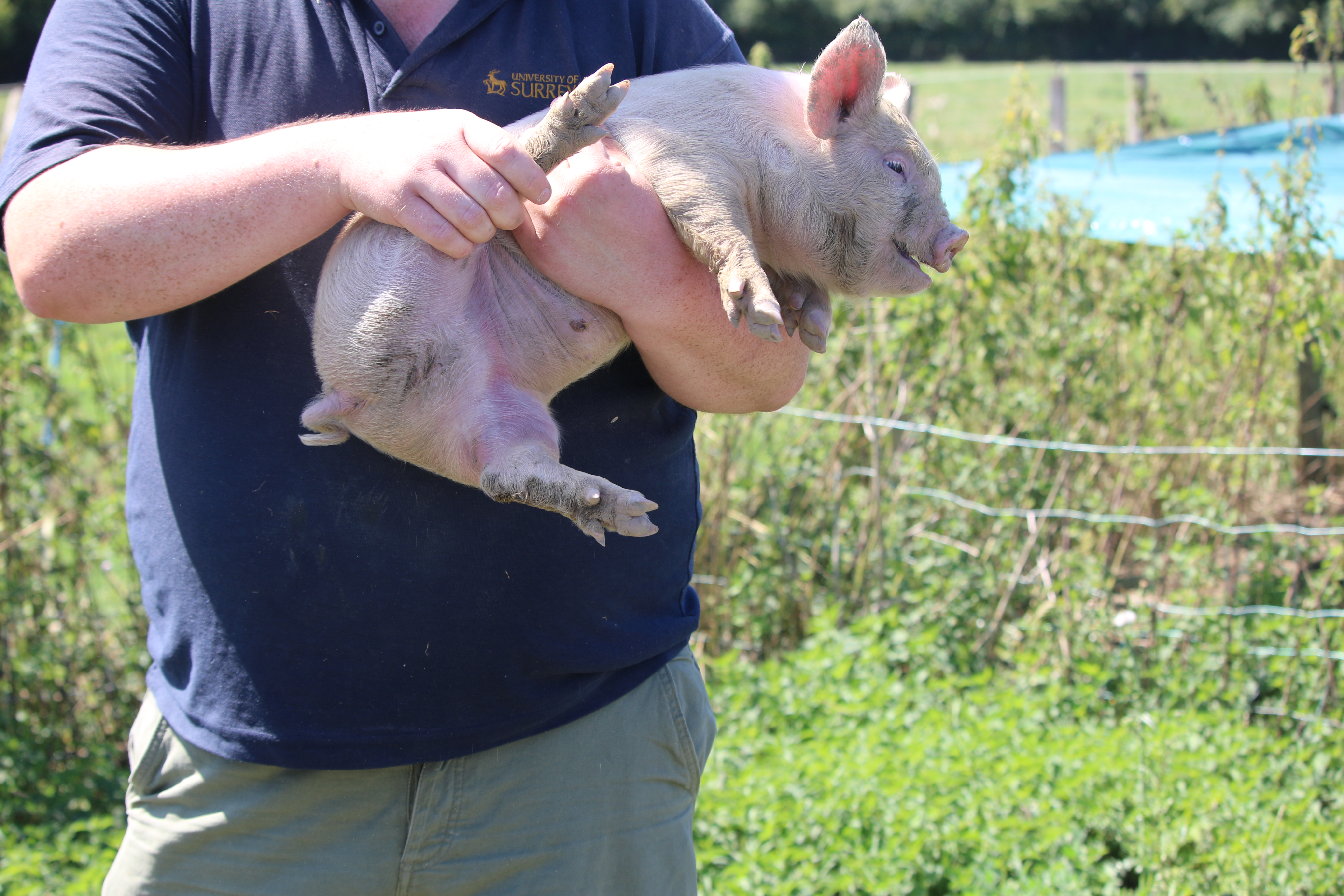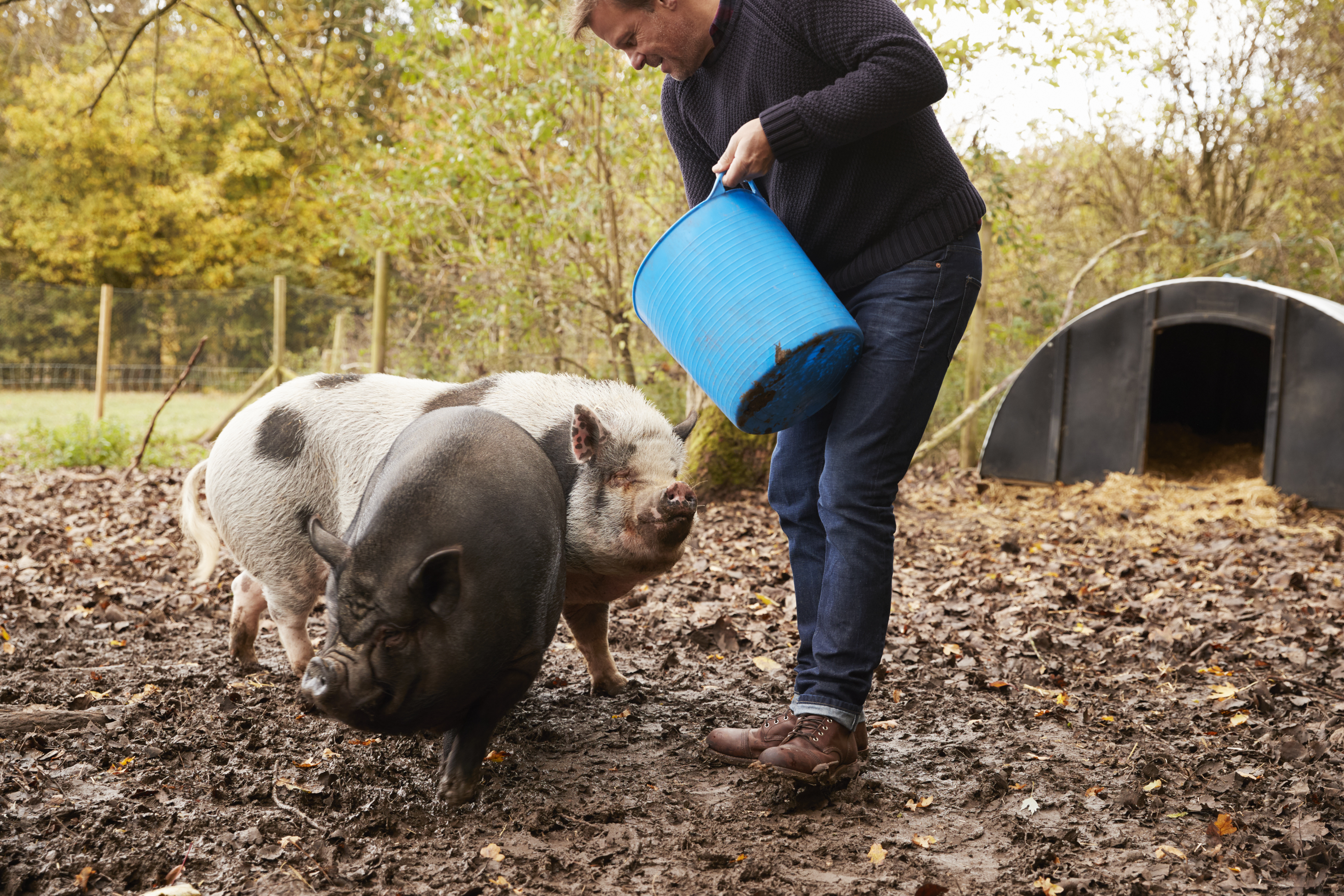



Small-scale pig keeping: the benefits of accurate body condition scoring
Michaela Giles provides her next insight into small-scale pig production with a tutorial in body condition scoring.Part of Series:
< Previous Article in Series Next Article in Series >
The small-scale keeper rarely has technology available therefore they must rely upon traditional methods to complete routine health and condition checks.
Body condition scoring (BCS) is a useful tool for assessing any pig of any age – although it is most commonly used for breeding sows due to the variable energy demands placed on the animal that directly affects their condition.
Why do we assess body condition?
- To give piglets the best start in life with a reduction in the risk of being crushed, and to ensure access to plenty of high-quality milk, the sow must be kept in optimum health. Muscle is built exponentially in growing piglets so the more muscle that is laid down early on by high-quality milk (and creep feeding), the less feed that animal requires as it approaches slaughter weight, thereby reducing the likelihood of excessive fat production.
- To assess the feeding of growing pigs destined for the table then it is useful to know if they are carrying too little or too much fat upon which you can adjust the feed accordingly. In meat production pigs, comparing the BCS to the quality of the carcasses they get back from the abattoir can give you a strong indicator on the efficacy of your feeding regime.
BCS is a method of judging the overall condition of a pig by allocating a score between 1 and 5, with 1 being malnourished and 5 being grossly obese [see Table 1]. What you are aiming for is a body score of 3 to be maintained at all times through the life of the sow or pig, no matter what stage in the breeding or growing cycle.
It is a simple system that can let you know if the pigs are receiving adequate nutrition, so if the live pig is assessed as too thin, the feed is increased; if the pig is assessed as too fat, it is decreased – to be effective this may require penning pigs of a similar constitution together.
Each of the scale points has a definite description, however the system still has an element of subjectivity as different farmers may score the same sow slightly differently possibly within the half-point system. The important point is for the farmer to be able to notice weight loss or gain within individuals before the pigs’ welfare is compromised.
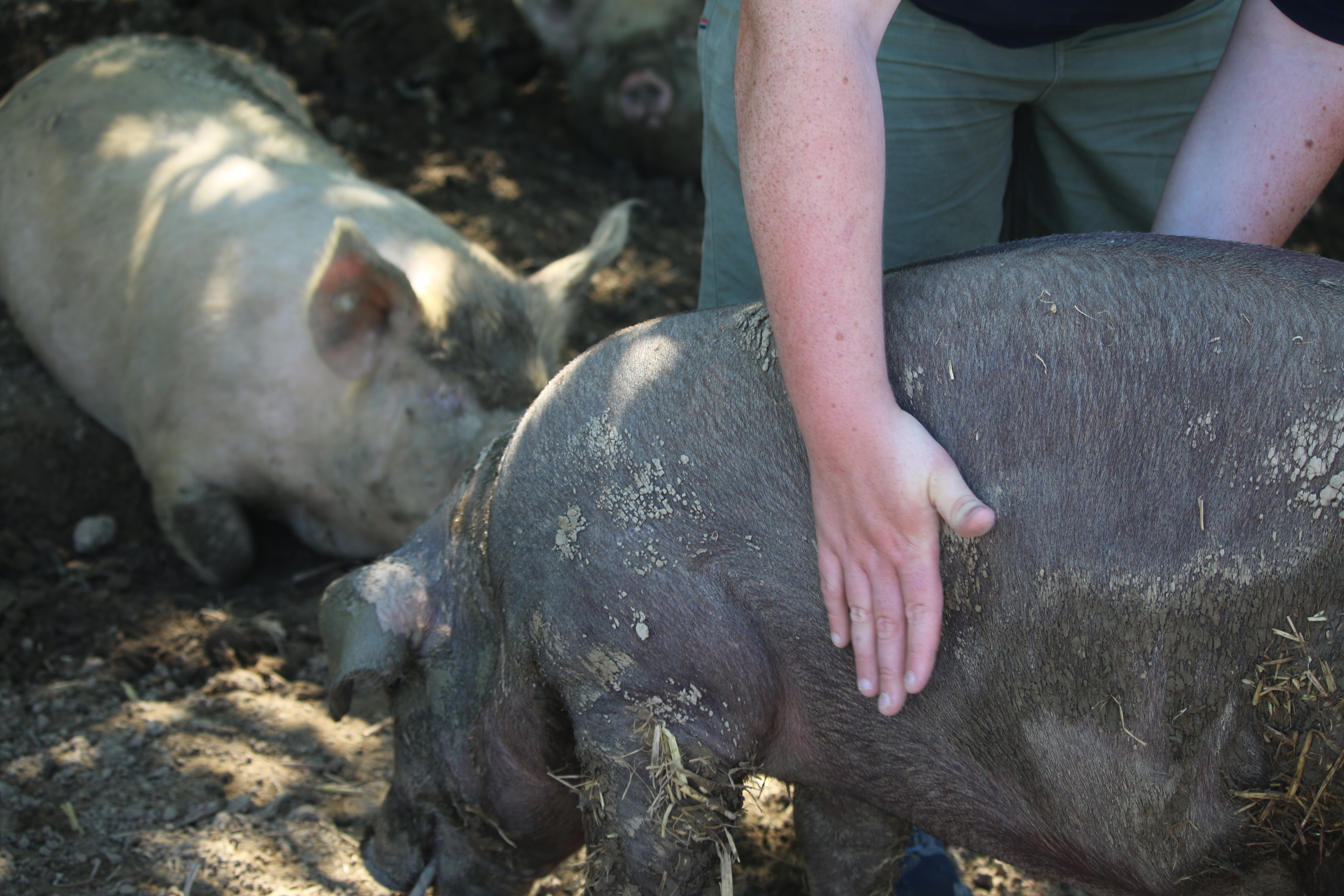
© The Pig Site
How to score body condition
Condition scoring is a hands-on technique so it is important to be comfortable handling your pig when doing so. The primary areas to feel are the hips and along the spine (back bone). You should use the flat palm of your hand to gently press the primary areas to feel for the amount of fat covering the bones.
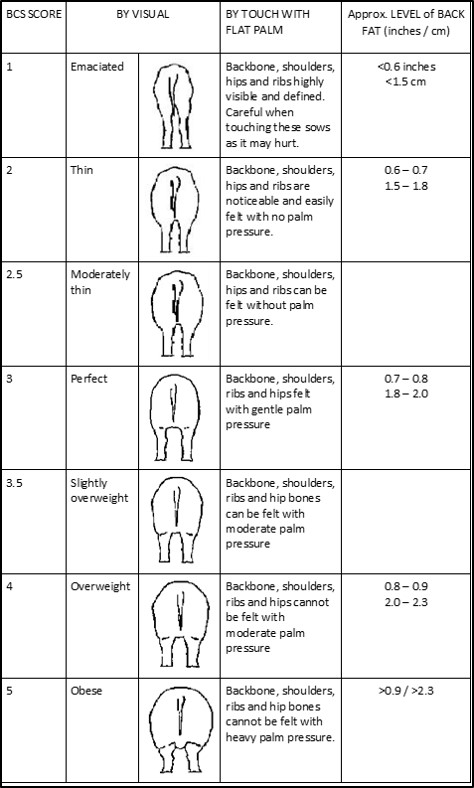
How to body condition score pigs. © The Commuter Pig Keeper, Michaela Giles





